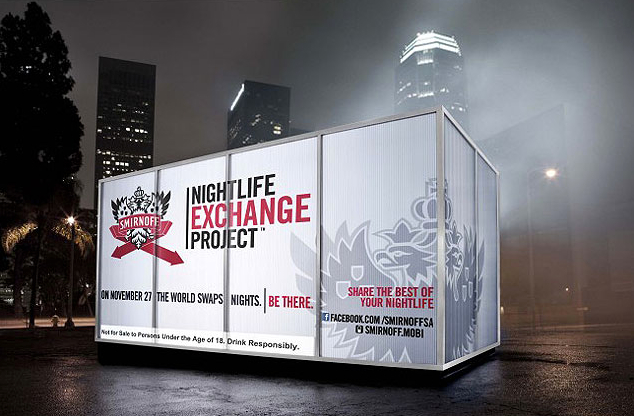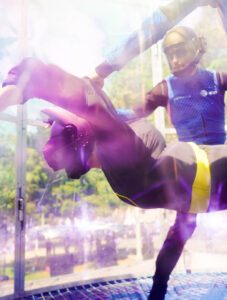There are many definitions of experiential marketing. I define it as follows:
Experiential marketing is a powerful brand experience that establishes a connection through direct interaction with the senses—touch, smell, sight, sound, and taste.
For me, there are three fundamentals needed to make good experiential marketing great—technology, theater, and integration. We will cover each in this week’s three-part series.
First, technology is key. Technology helps to extend a single interaction into an established relationship with our target.
Two relatively new technologies that are helping marketers to do this are radio frequency identification (RFID) and augmented reality (AR).
The Smirnoff Lightlife Exchange in London used RFID to unify live and digital participant experiences.
Guests registered on arrival and received a wristband. They could check in, like the event, and share photos directly to their walls by tapping a provided wristband on Facebook enabled interactive pods.
In London, the Domino’s 555 Deal outdoor sites stepped up innovation by using AR to offer a more dynamic tool than a QR code. The AR outdoor sign allowed customers to download deals, an ordering app, and local store details.
Contributed by Sara Graham, Integer Sydney.
Photo Source: ApeToGentleman, AdWeek


